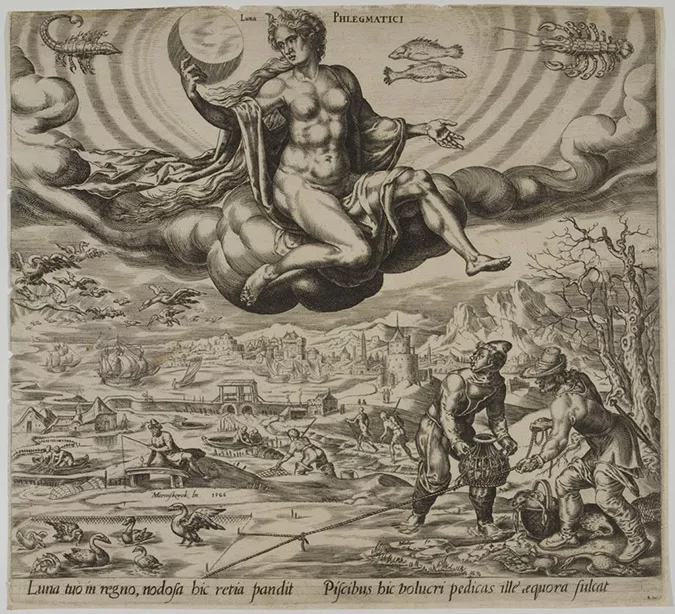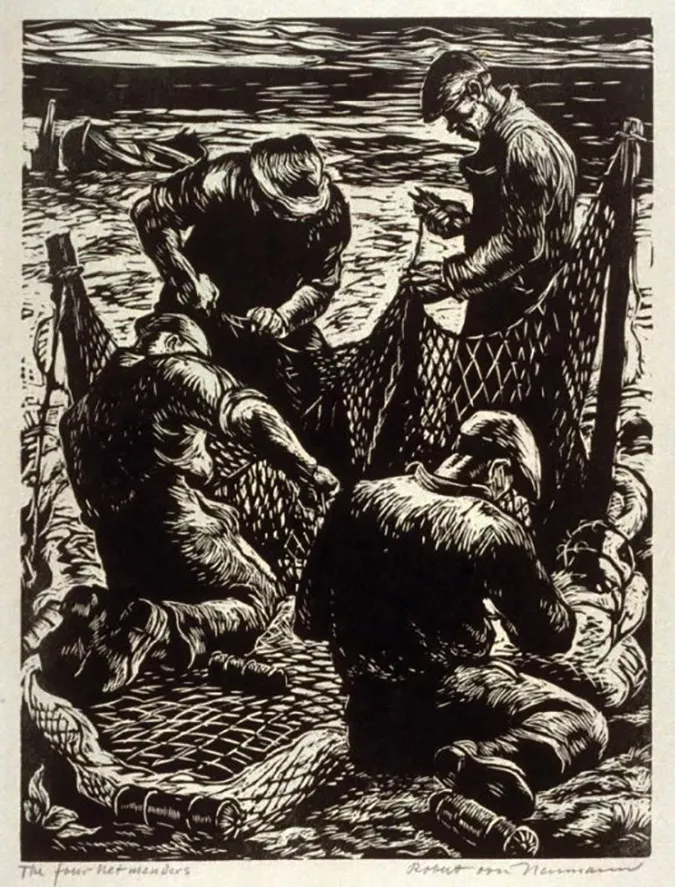Exhibitionism: The Four Temperaments
Every year, the Bryn Mawr College Libraries host culture-spanning exhibitions, and with a trio of exhibitions on the gallery roster, this academic year is no exception.
Before there was Myers-Briggs, there were the four temperaments—melancholic, choleric, sanguine, phlegmatic—thought by the ancient Greeks who developed the theory to be governed by the bodily fluids.
Bryn Mawr students in Early/Modern Temperaments, this semester’s Exhibition Seminar in History of Art, are exploring the representation of the four humors, as they were also known, in the graphic arts of the early modern era and also their legacy in contemporary print representations.
Taught by History of Art Professor Christiane Hertel and Curator of Art and Artifacts Carrie Robbins, M.A. ’08, Ph.D. ’13, the course will culminate in an exhibition drawn from print materials in the College’s special collections. The class is leading students through the practical experience of researching and organizing an exhibition: conceiving a curatorial approach, articulating themes, writing didactics, researching a checklist, designing gallery layout, and producing print materials.
The student-organized exhibition opens in spring and will run through Reunion.
Herman Jansz Müller (after Maerten van Heemskerck), from the Set of the Four Temperaments (late 16th century) depicts the phlegmatic type: While one calm fisherman waits patiently on the bridge, his rod already cast, others work hard, tending to their nets and traps. Below: like Müller, Robert von Neumann (The Four Net Menders, 1934) honors this patient disposition and the strenuous physical labor involved in fishing.
Published on: 03/07/2019

